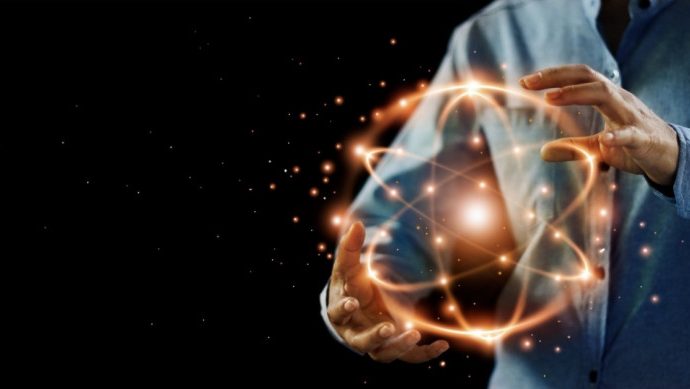These two physics theories have not been linkable in the past.
Source: Interesting Engineering
When you think of physics your mind most likely jumps to the theories of quantum mechanics and general relativity. And you wouldn’t be wrong, given these form the formative layers of physics.
However, interestingly, these two well-known theories do not work well together.
Physical phenomena rely on the relationship of motion between the observer and the observed. These rules work well until they fall into the quantum level, where subatomic particles behave differently, usually in erratic ways.
A team of researchers put these theories to the test.
This is where a team of international researchers comes in. The researches have been working on creating a framework to account for the break down between the more classic and quantum physics.
Their findings were published in Science on Thursday.

In order to test their theory out, the team used the Micius quantum satellite.
Micius is part of the Chinese research project, Quantum Experiments at Space Scale (QUESS), which enables researchers to observe and test out the relationship between classical and quantum physics through light experiments.
In this particular research, the team made use of the satellite to produce, as well as to measure, two entangled particles.
Jian-Wei Pan, author of the paper and director of the CAS Center for Excellence in Quantum Information and Quantum Physics at the University of Science and Technology of China, said: “Thanks to the advanced technologies made available by Micius, for the first time in human history, we managed to perform a meaningful quantum optical experiment testing the fundamental physics between quantum theory and gravity.”
What was the theory the researchers studied?
The team wanted to find out if the two particles would decorrelate from each other when they went through separate gravitational parts of Earth.
These different gravitational pulls should enable a quantum interaction that would behave like a classical relativism one. Essentially, the particle in the lower gravity zone would be able to move more freely than the one in the higher gravitational zone.
“If we did observe the deviation, it would mean that event formalism is correct, and we must substantially revise our understanding of the interplay between quantum theory and gravity theory,” Pan said.
Pan continued, “However, in our experiment, we ruled out the strong version of event formalism, but there are other versions to test.”
In their test, the researchers did not see the particles move away from their predicted interactions, instead, they stuck to their expected trajectories.
The team is now looking to test the theory again, this time with more scope for flexibility.

































Leave a Comment
You must be logged in to post a comment.